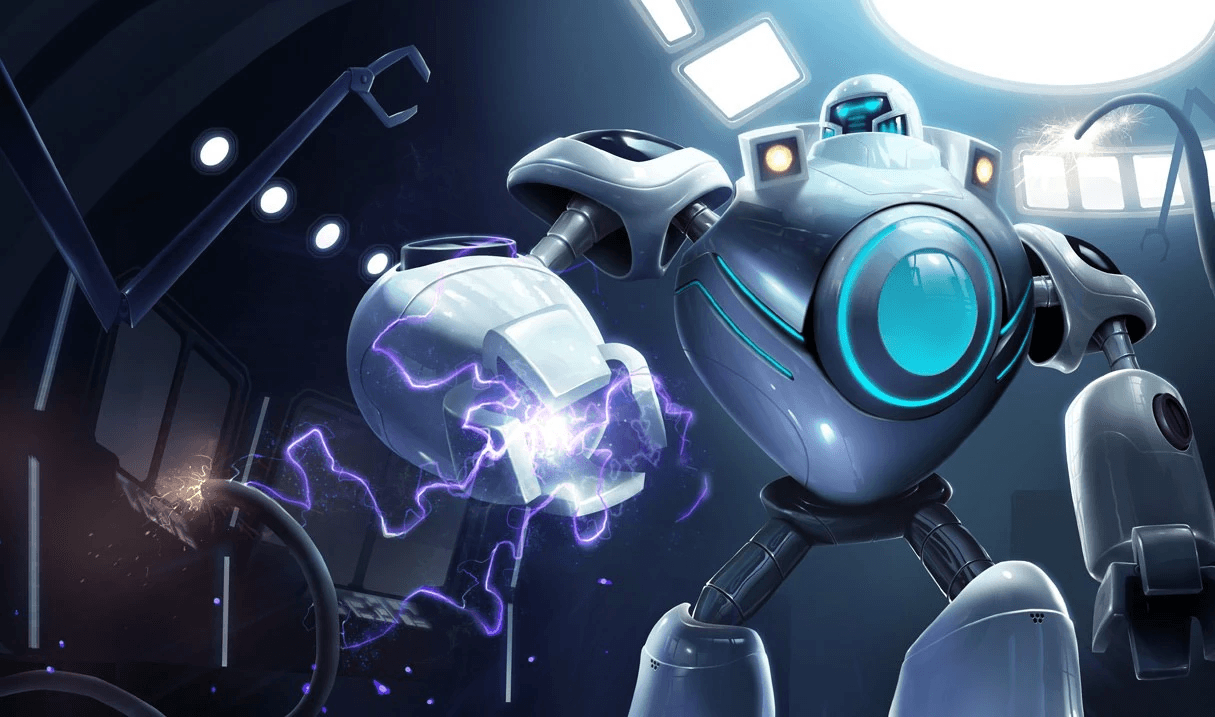

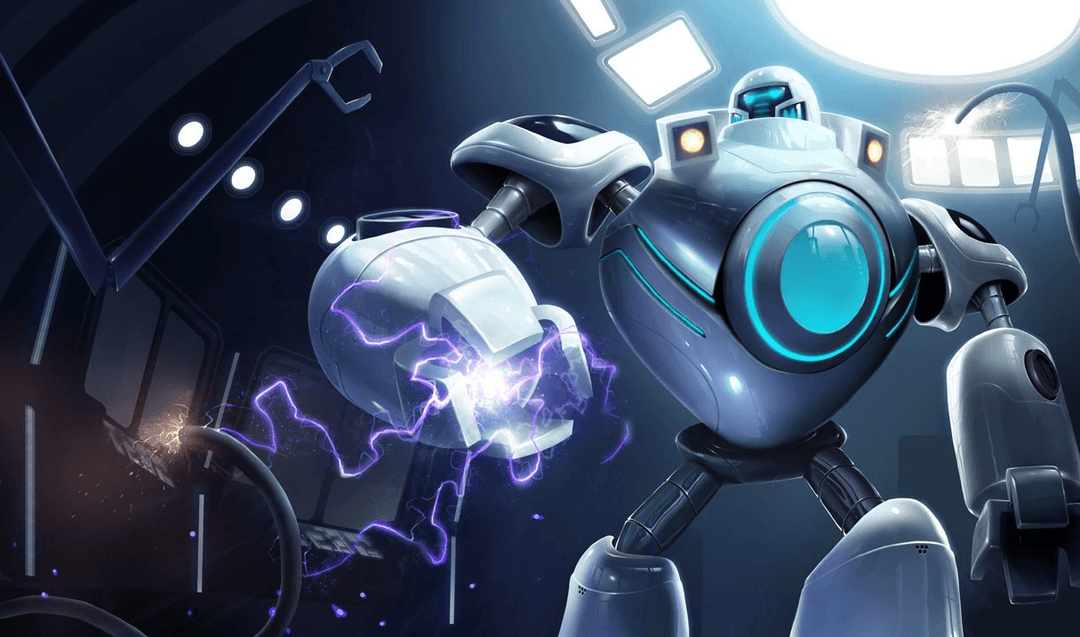
AI coaches for League of Legends are software tools designed to break down match data and provide gameplay feedback. Most run off match histories, damage charts, gold graphs, and post-game stats pulled from Riot’s API.
Some systems also track things like ward placements, ability accuracy, death timers, and lane control patterns. They build reports from that data, usually with a ranked summary of what went wrong and what to focus on next.
The feedback can be helpful, especially for newer players. AI will highlight jungle path inefficiencies, missed CS, poor objective setups, or risky backs. It can suggest more consistent rune choices or flag matchups that didn’t go in your favor.
These tools are fast, automated, and require minimal setup. Just link your account and start reviewing match summaries.
But the feedback stops at the surface.
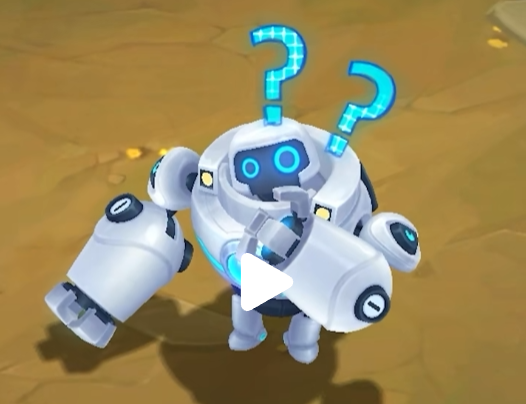
AI reviews often miss the moment when momentum shifts. They log outcomes without showing what triggered the breakdown, or they’ll show you a graph where your XP fell behind at eight minutes. But they won’t point out that you burned flash on a trade you couldn’t win, or that you stopped pinging lanes after your mid roamed late.
They read the stat, not the behavior behind it.
AI tools don’t see communication breakdowns, or how your bot lane missed a wave while your support sat in the river trying to reset vision. They don’t know how your champion functions under pressure when the map’s dark and no one’s pinging objective timers. In higher MMR, that context is everything, and human coaches bring this into focus.
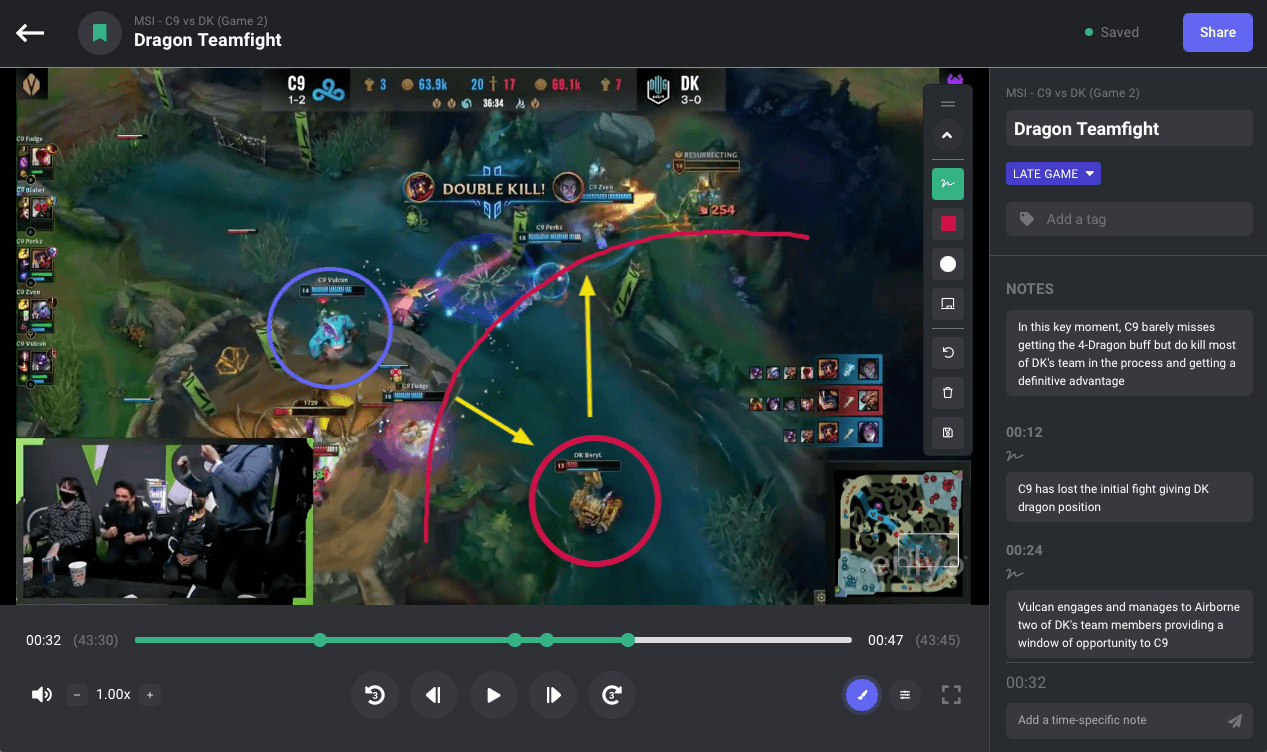
WeCoach sessions run through game replays, with a human coach watching live or reviewing your match footage. They walk through the moment where the trade failed, where your timing on a roam pulled the jungler into a mismatch, or how your item build stalled your power spike right before the dragon.
A coach doesn’t treat every role the same. If you’re playing top weakside and your job is to survive lane and TP reactively, the coach works from that angle. They don’t suggest high-aggression jungle invades when the comp doesn’t support it.
Human coaches also account for skill expression. While AI will flag a failed tower dive as a bad idea, a human coach asks what info you had, how you took the risk, and if the trade-off made sense in the larger tempo window.
That kind of review builds your internal judgment. AI sees numbers, but human coaches see the ‘why.’ By practicing strategic thinking, you become better at the game.

AI feedback stays generic because it might know you're a jungle main or that you play ADC more often, but it won’t tailor learning paths to your habits or tendencies. Human coaches track your progress across patches, reinforce strengths, and assign learning goals based on how you process information.
If your pathing is fine but your map reads are slow, they’ll drill vision tracking instead of repeating wave management guides. If your macro’s solid but you keep dying trying to solo push side lanes, they’ll flag risk tolerance and help adjust how you read threat.
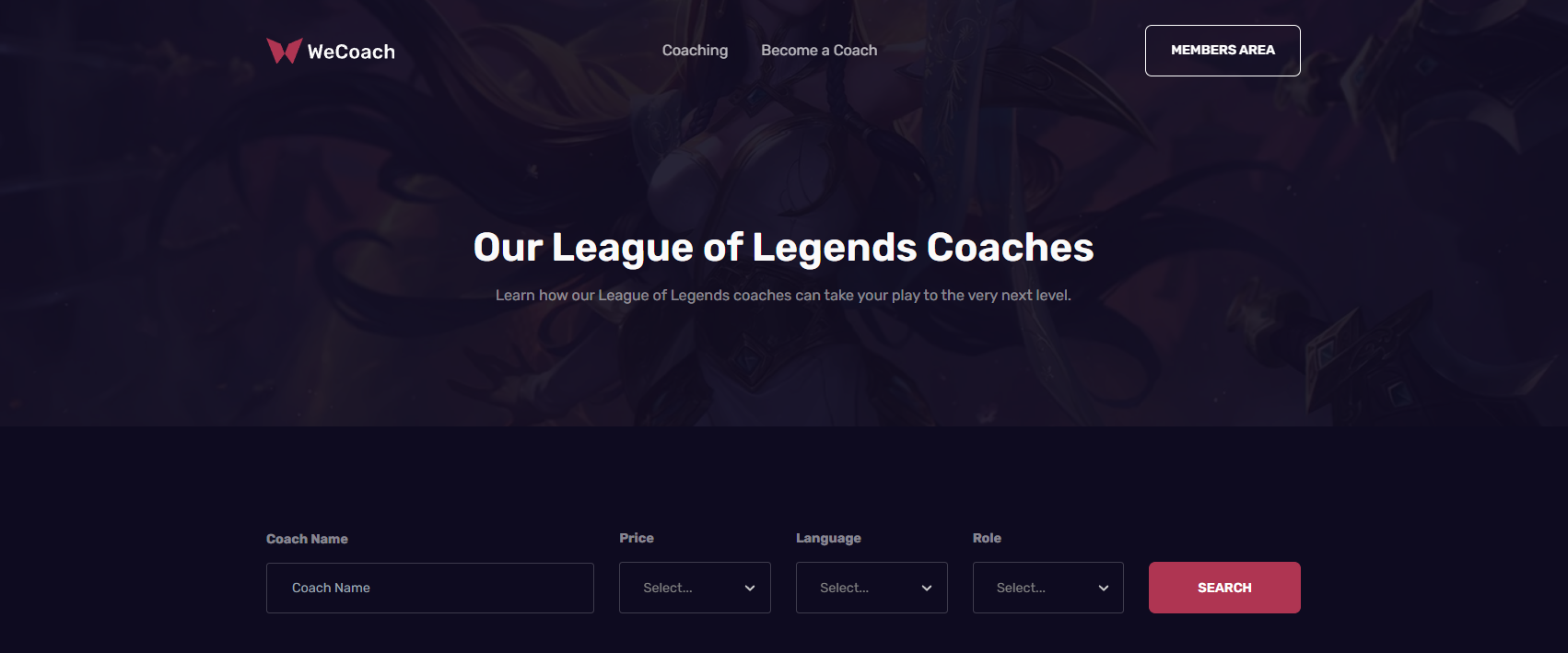
A typical session on WeCoach lasts 60 minutes and focuses on your footage, rather than a pre-written script. Coaches pause VODs in real-time and take notes while breaking down key sequences with screen sharing.
Our coaches walk you through every roam, dragon setup, lane mistake, and reset timing that shaped the match. They ask what you were thinking, what options were open, and how the play could’ve gone differently. You come away with actionable review points, not general suggestions.
Human coaches also help with strategy by suggesting champ pool refinements, draft phase adjustments, or mindset shifts around ranked progression. The value stays focused on helping you improve inside your own gameplay loop.
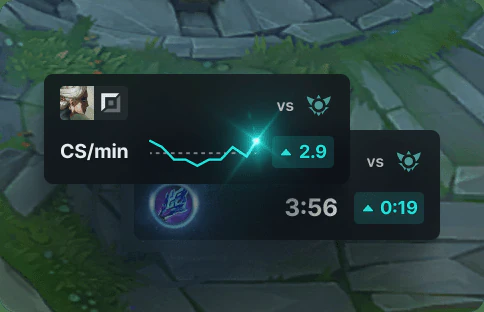
AI tools aren’t totally useless. They’re good for spotting patterns and giving you fast summaries between matches. If you’re trying to grind out ten games a day and want quick feedback on performance, they offer that. What’s missing from AI is the perspective that comes from watching YOU play, not just parsing results.